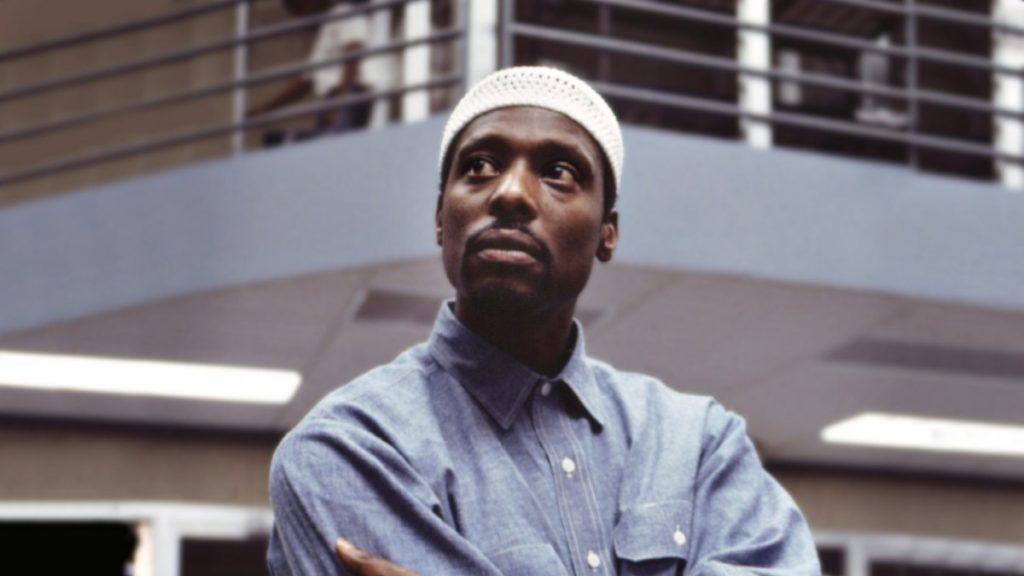Series : OZ
Oswald Penitentiary is home to a pilot district, Emerald City, in which prisoners live a “normal” life as they circulate freely during the day and self-manage in daily tasks. This experimental neighborhood is led by Tim McManus, optimistic that he believes this is the ideal means of reintegration.
Em-City is in fact only the reconstitution of American society (we also find all social groups such as Arians, Muslims, Latinos, gangstas, etc …), the same society that prefers to forget these men than to look at the reality of their condition in the face. And it is this reality that Oz refers to the spectator’s face. A reality made of exacerbated sectarianism, rape, misery, pain, physical violence, psychological pressure, disillusionment …
The characters of Oz are simply, and horribly, human. Beecher, Schillinger, Adebesi, O’reilly, Augustus, Karrem Said, Keller … So many fates and so many tears, injustice, hatred, blood, emotion, pain … A gallery of “sumptuous fuckers” interpreted by actors bluffing. The deviousness of Dean Winters, the charisma of J K Simons, the fragility of Lee Tergesen, the calm of Eamonn Walker, the madness of Christopher Meloni, the naivety of Scott William Winters. Aesthetically the series strives to restore the visceral nature of what she tells with a very raw and contrasted photo and a nervous montage but without daring.

No point of angelism either, since lingering on the human side is never used to excuse the crimes they may have committed. The point is not whether they are innocent or not, they are not. They are all guilty. The interest is to know what society does to these individuals, in the face of these behaviors. To know if rehabilitation is possible, conceivable … justified? Are these men monsters? Do they become it? Is the system able to make them better? Do they want it only?
Oz does not seek the answer and is not judgmental, the series seeks interrogation, it questions. Sexuality, deviant or assumed, is approached unvarnished, as is the use of violence (omnipresent) or moral hazards. If the series is emotionally disturbing (I challenge anyone not to cry during certain passages) it also challenges the cortex. The many borrowings from Greek tragedies also contribute to enriching already dense themes.
The series seems to have only qualities but it unfortunately has a big defect. It has the defect of the series that has lasted too long … or not enough. Anyway the last season of the series turns out to be disappointing. Some tricks are recycled, some characters introduced but not exploited and the fate of some major figures of the show know a conclusion meaningless. And there is this strange feeling of not knowing any real conclusion to the show, of course the status quo can have value of message but being a recurring theme (and perfectly exploited at other times of the show) it is a pity to please.
A final faux-pas that leaves a strong feeling of frustration, as if something really was missing or there was something too much. By proposing ambivalent characters and having no taboos (male nudity is explicit, violence is sometimes at the limit of the sustainable) Tom Fontana’s show definitely opened the way to modern American television. A veritable breakthrough in television production, Tom Fontana’s show shook everyone by not hesitating to set foot in the dish. This is called an electroshock series.

